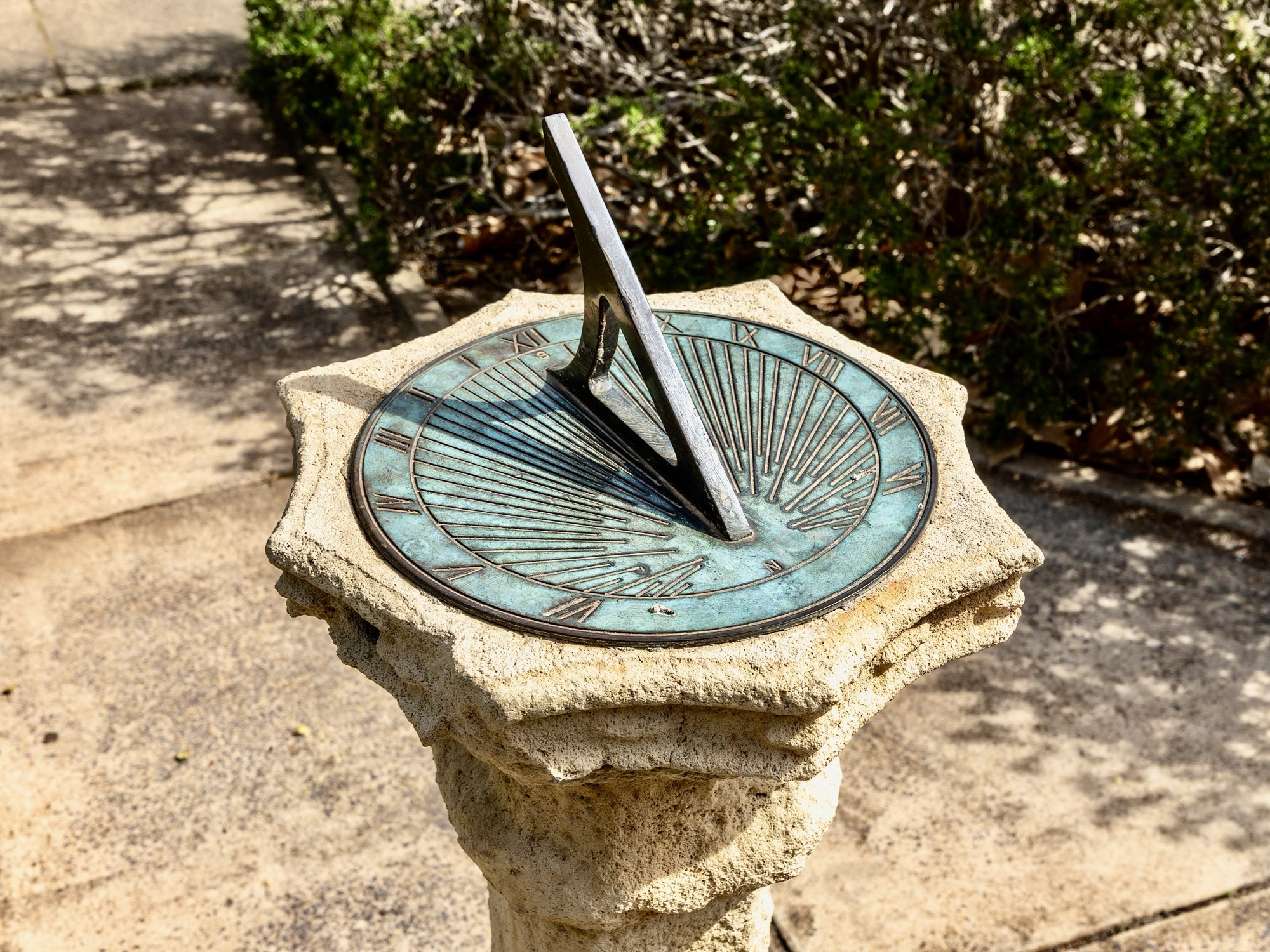
It’s 5 a.m. and as I gaze at my computer I find myself staring at the year near finished and the one yet to come. The pages of this life’s “book” turn ever faster as I age to the final chapter.
At nearly 10 weeks post-surgery I am well. That is not to say that all is perfect. I have occasionally been lulled into a false “sense of ability” and done more than I should, like power walking 5 miles. The following morning brings a reminder in the form of stiffness and discomfort. Two Tylenol along with a disapproving look from Christine and a lesson is temporarily learned. My next post-surgery doctor appointment and Xray are later this month.
The concurrent frustration is that inactivity tends to bring about weight gain. I’m working on that, but the holidays don’t help.
Christine is two weeks post-surgery and also doing well. She underwent a procedure which she calls, “Old lady who gave birth to a lot of kids surgery”. She is under instructions to limit activity for 6-8 weeks. We make quite a pair.
Neither of us were able to do much in the way of hosting the family Thanksgiving dinner. Our children and grandchildren came to the rescue. We provided the venue, and they brought the food. We numbered 16. There was enough food for 30.
Christine and I have filled some of the downtime with travel plans for 2025. We will celebrate Christmas with family here in Kansas City, and then travel to Colorado for a few weeks where we will again be joined by some of the children and grandchildren. Skiing is out for me this year. A good book, a warm fire, an adult beverage (or two) and time with family will more than compensate.
We plan on returning to Colorado in mid-February. Our 1992 German exchange student son, Andre, and his family will be joining us. They currently reside in Washington DC, where Andre is stationed at the German Embassy as an economist. They were with us in Kansas City earlier this year.

In May, Christine and I will fly to Chicago, take in a show, dine, and generally enjoy the city. Four days later we will board the “California Zephyr”, a train trip cross-county to San Francisco. We have booked a private compartment for the 54-hour journey. Our compartment includes a bathroom with shower. Our passage also includes a private dining car and observation car. The route will take us through several destination cities, including Omaha, Denver, Salt Lake City, and Reno. We will then stay in San Francisco for 4 nights before catching a flight back to Kansas City.



In September, we fly to the city of Bergen, on the coast of Norway. After 5 days exploring the mountains and fjords of that region we will board the 500 passenger Norwegian ship, MS Trollfjord, bound for Svalbard Island, 650 miles from the North Pole.

The 15-day arctic journey will include 13 ports of call. Our voyage ends back in Bergen where we will train to Oslo and spend 6 days before returning to Kansas City. While in Oslo we will spend time with our 1994 Norwegian exchange student daughter, Hege, and her family.

Though currently more sedentary, we have not been couch-bound. Christine continues to be super-grandmother. She is working on forming a parent organization, a “booster club”, to support athletics at Academie Lafayette, the international high school attended by 3 of our grandchildren. Recently her work has included vetting suppliers of “letter jackets” and working on designs for the jackets and award patches. I accompanied her to the shop of the chosen vendor and was intrigued by the possibility of duplicating my long-gone jacket from 1970. Yes, they could not only duplicate the jacket, but all the patches as well. I placed my order!
Grandson Britton, with whom I walked a portion of the Camino in France and Spain earlier this year, has asked me to be his sponsor for the Catholic Sacrament of Confirmation. I am incredibly honored and look forward to sharing his faith journey. He has also asked if we can return to Spain in the summer of 2026 to complete our aborted Camino. Body willing, I am an enthusiastic “Yes”!

Many of you know that in a span of 30 months, between January 2008 and June 2010, we had 9 grandchildren. These included a set of twins and a set of quadruplets. Sadly, one of the quads, all very early and very tiny, passed away at 7 weeks. The remaining grandchildren are now high school teenagers, happy and healthy.

There is a tenth grandchild, 7-year-old Lennon. Since birth she has been surrounded by her older siblings and “the cousins”. In her efforts to keep up with “the bigs” (as she calls them) her language and reading skills are a marvel.

A second grader, she speaks French (and of course English) fluently, reading equally well in both languages. She has read the first Harry Potter novel (300+ pages!) and has found that she loves detective mystery novels. I could keep going, but then I would risk appearing as just another proud grandparent. However, I will share one more thing:
A couple of weeks ago she and I began a spur of the moment project: Plant a variety of seeds found in the kitchen and see what happens. Seeds, included those from a sweet red pepper, hot red pepper flakes, popcorn, navy beans, Lupini beans, a carrot top, a radish top, and an apple core. Progress has been AMAZING! Lennon’s focus and engagement remind me of my days, nearly 60 years ago, competing in the Chicago Regional and Illinois State Science Fairs.


As 2024 comes to a close I pause to reflect on so many people and things. I wish I could share them all in detail with you. However, this “update” would become a tome instead of a post. In stream-of-consciousness fashion a few include:
Being reconnected over the past 20 years with so many of my high school classmates. One of them, Tom, continues to share his deeply held philosophy of gratitude in spite of life’s lottery that has delt him the challenge of cancer.
“D”, a friend and former client, is also dealing with serious health issues. Throughout his life he has exuded much optimism in the face of adversity. I am honored that we remain in touch and that he calls me “friend”.
Tina, meine Deutscher Brieffreundin. Wir haben uns auf dem Camino getroffen und immer noch schreiben und Video-Chat.

I reflect fondly upon each of you, including: Liz and Frank, Liz and Fred, Kris, Stanley, Bert, Tom and Nanci, Charley and Mary, Wendy and Pat, Hugh, Bobbi and Russ, Pam and Steve, Mary Lou, Anne and Bryan, Ron and Lena, Greg and Rebecca, Maggie and Doug, Tom and Lissa, Melissa and Joe, Hal and Jane, Phil and Kathy, Paul, Larry and Sharon, my Casita friends, my Camino friends, my friends from P&P, … and so many others. You enrich my life.
My children, my grandchildren…
…and Christine, who I first met over 50 years ago and who looks more beautiful to me every day, you are the boundless source of my happiness.
May your Holidays be filled with Love and Gratitude. Peace Everyone. Pete































